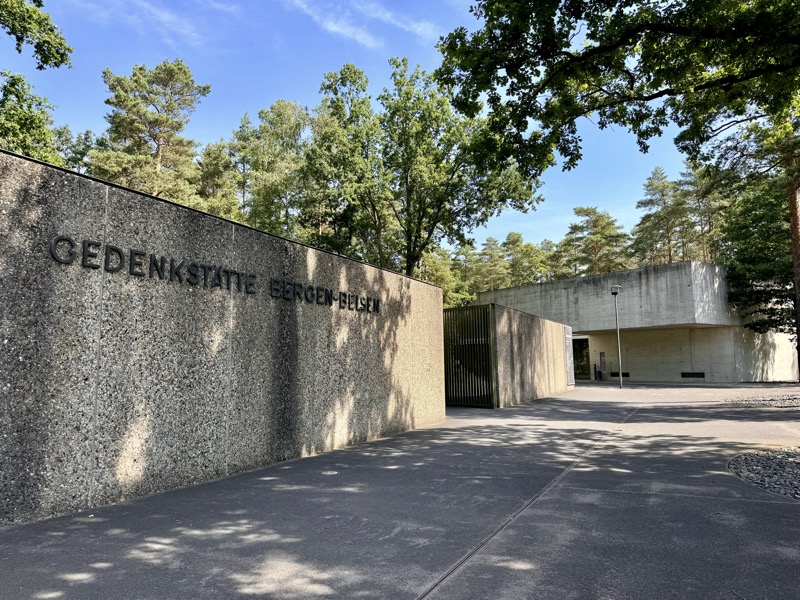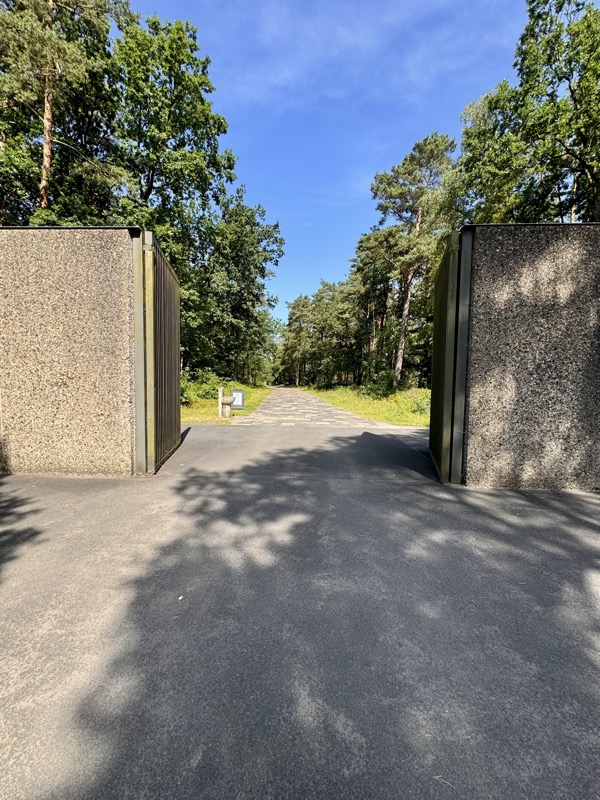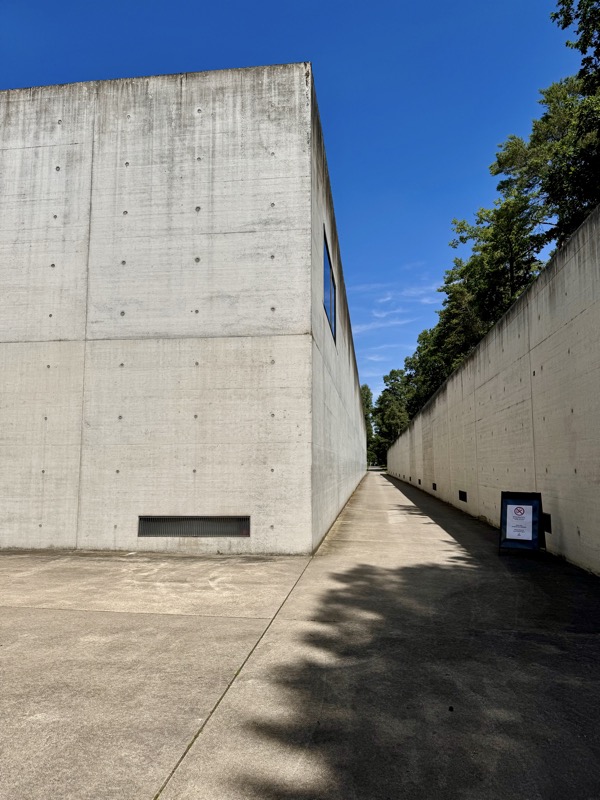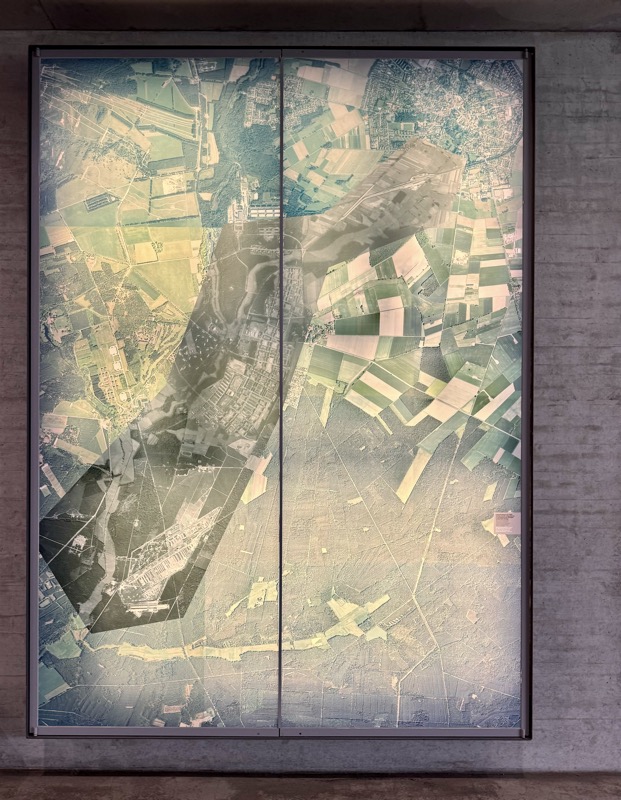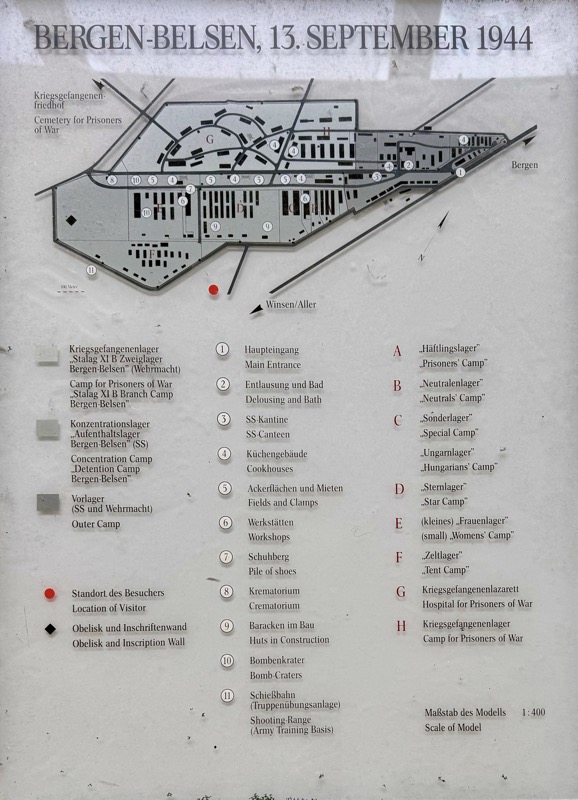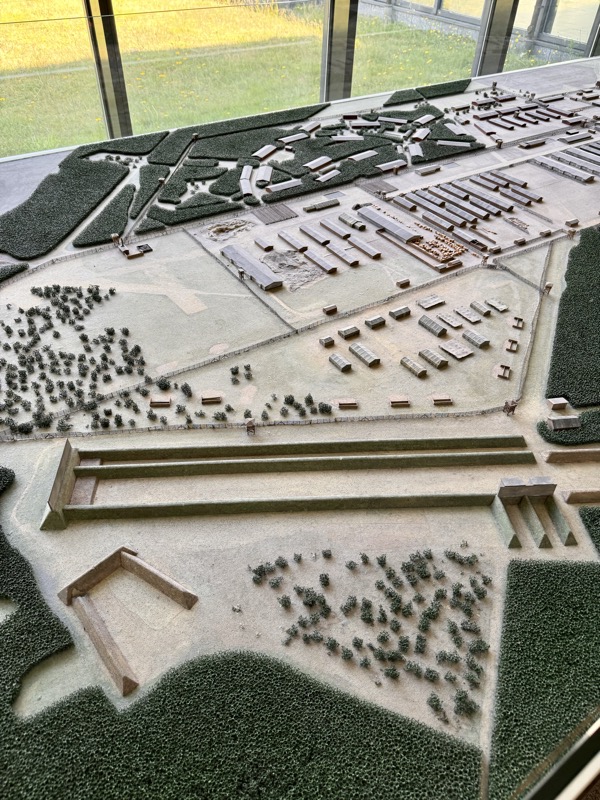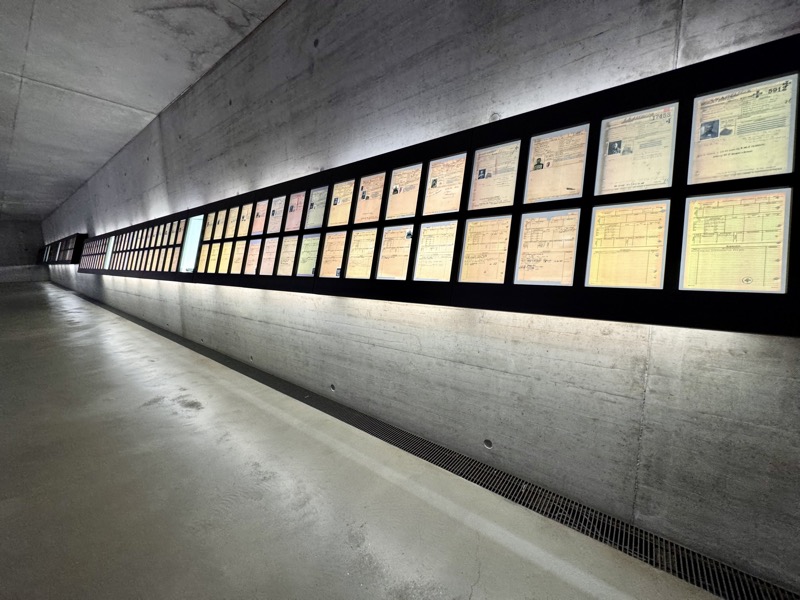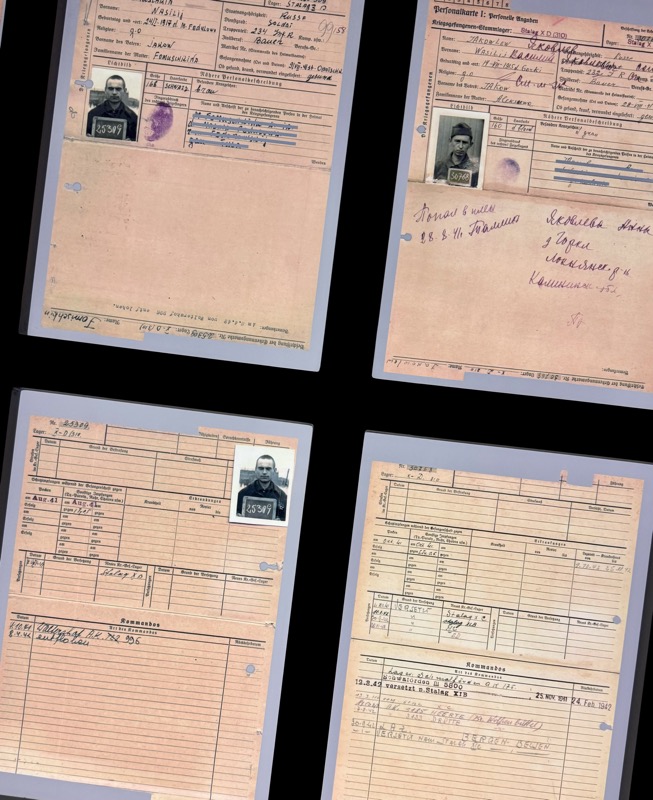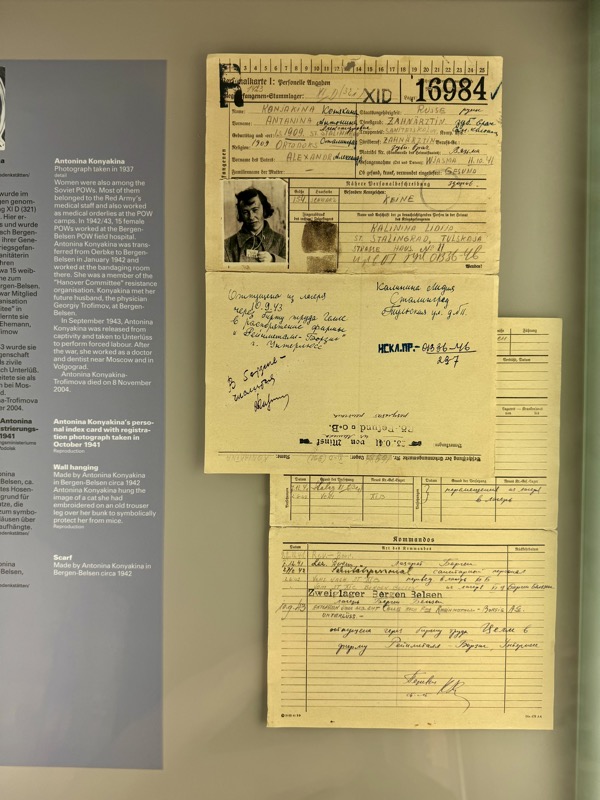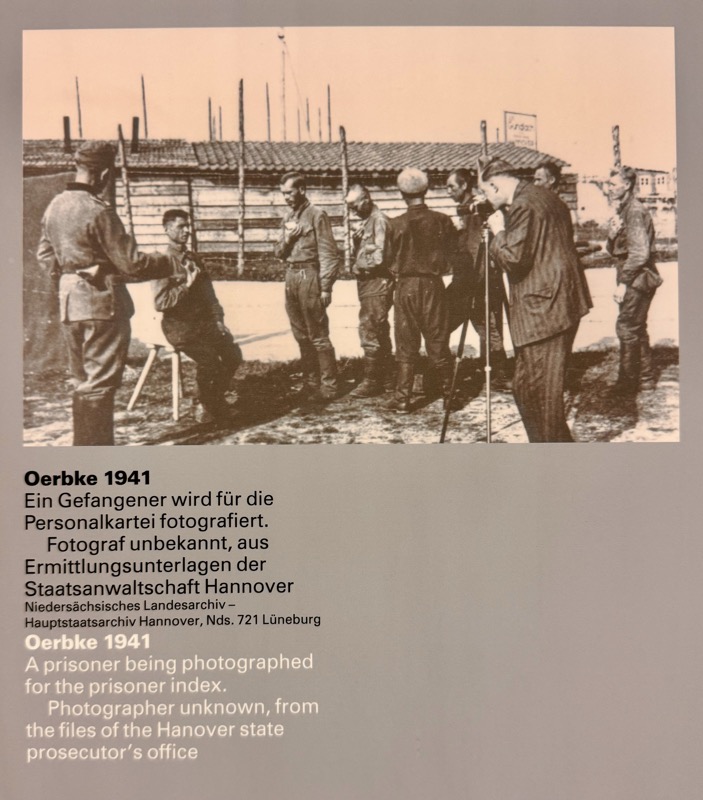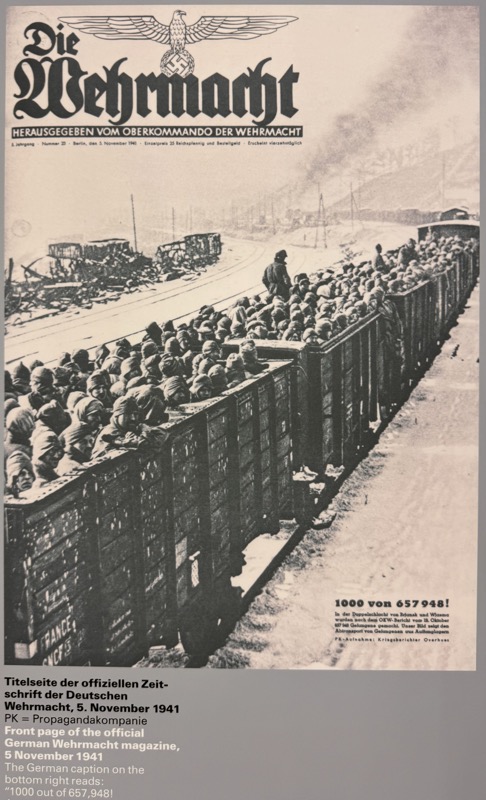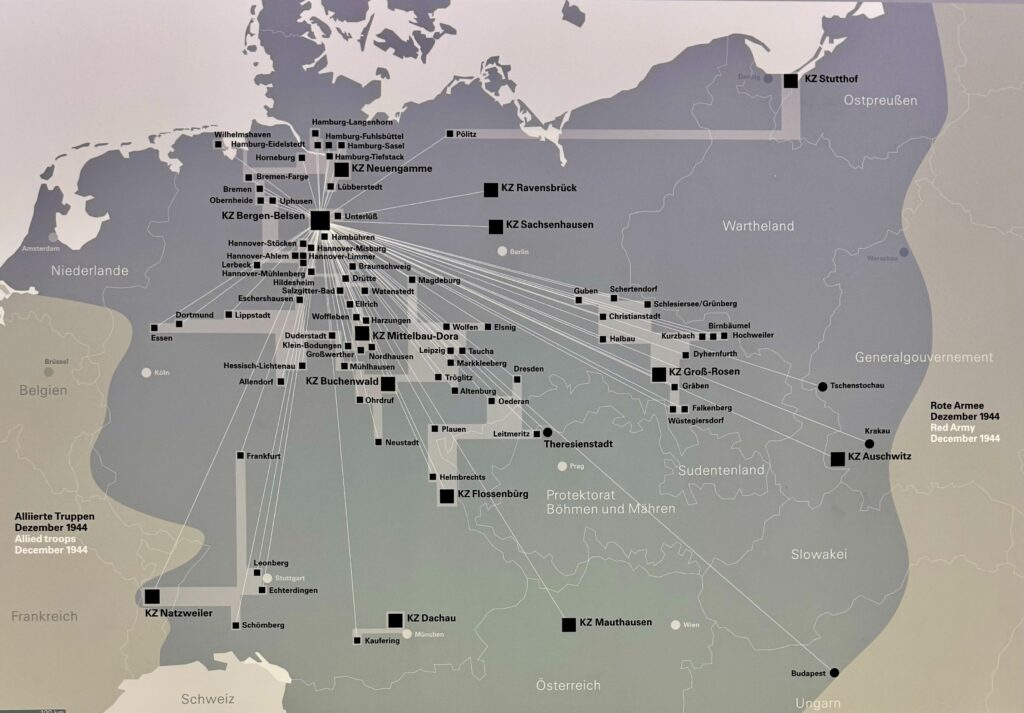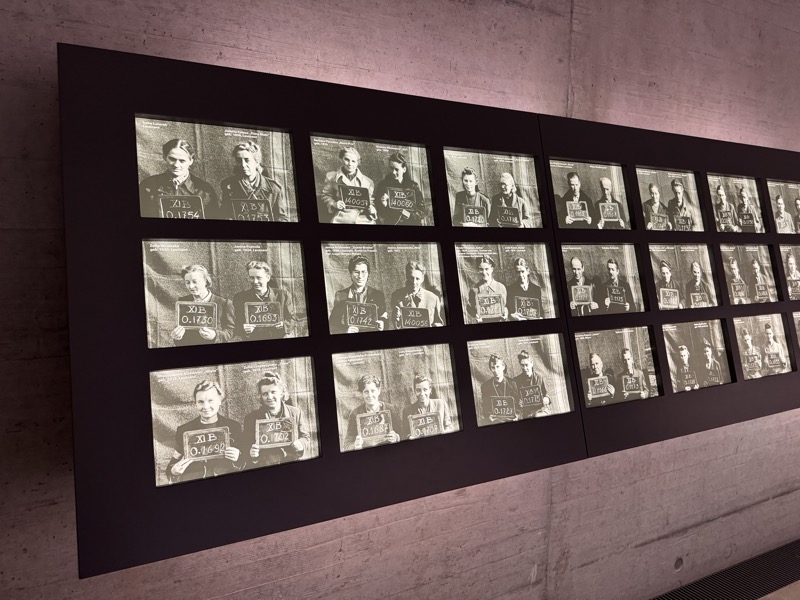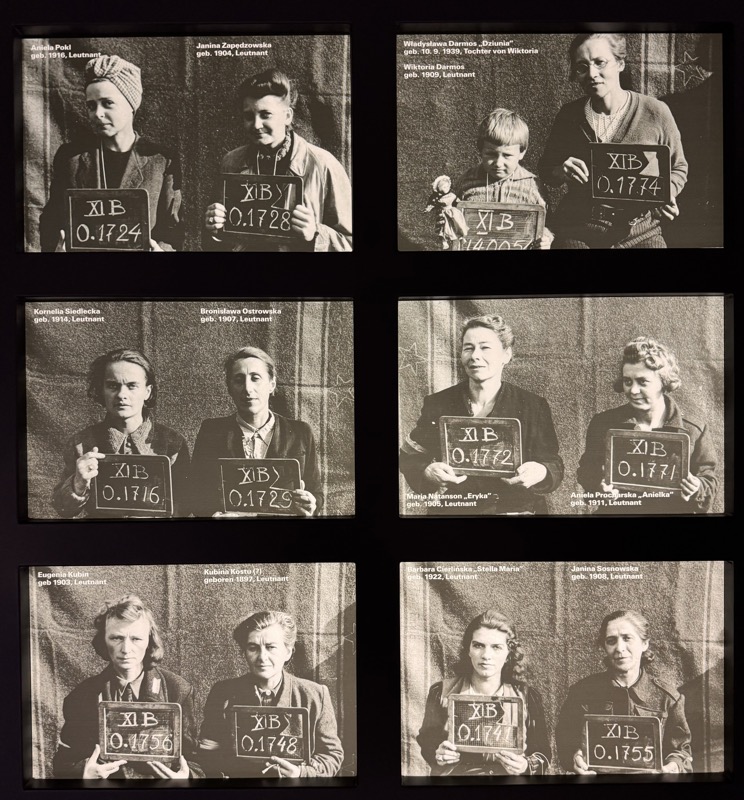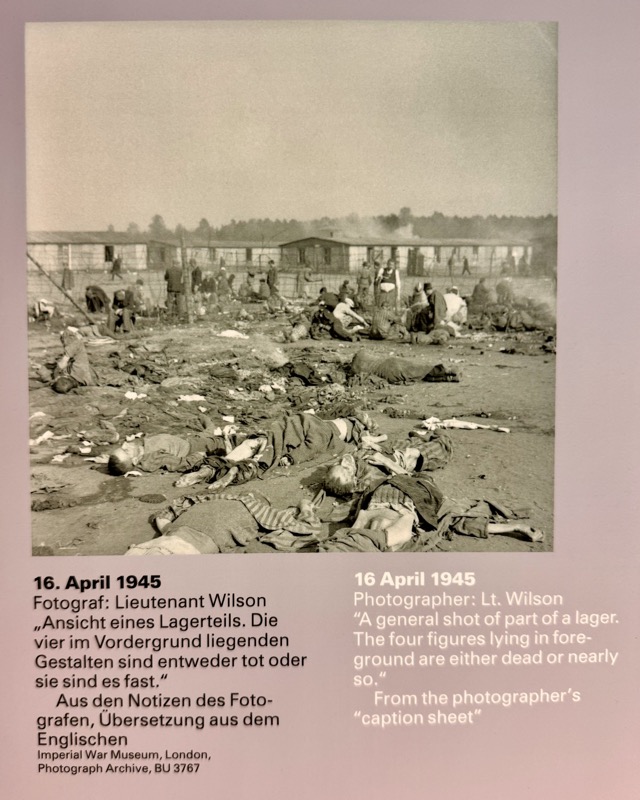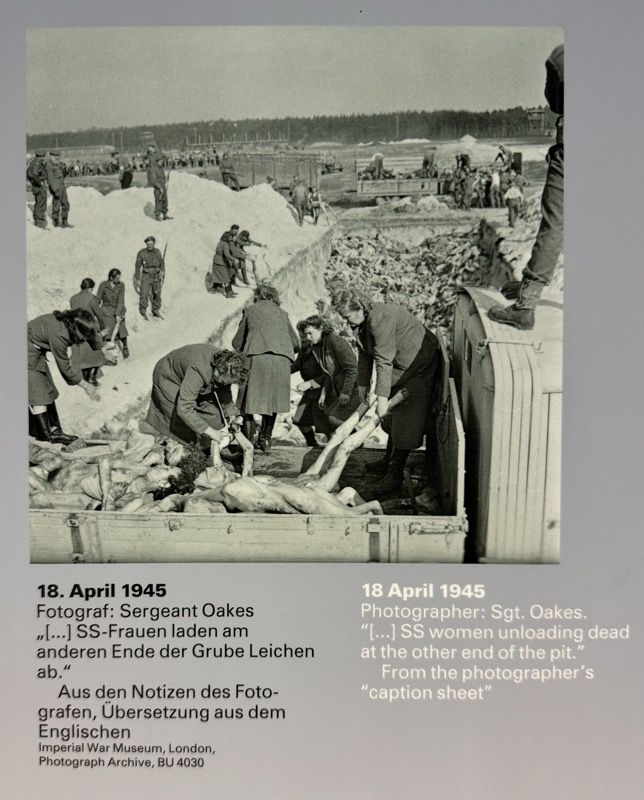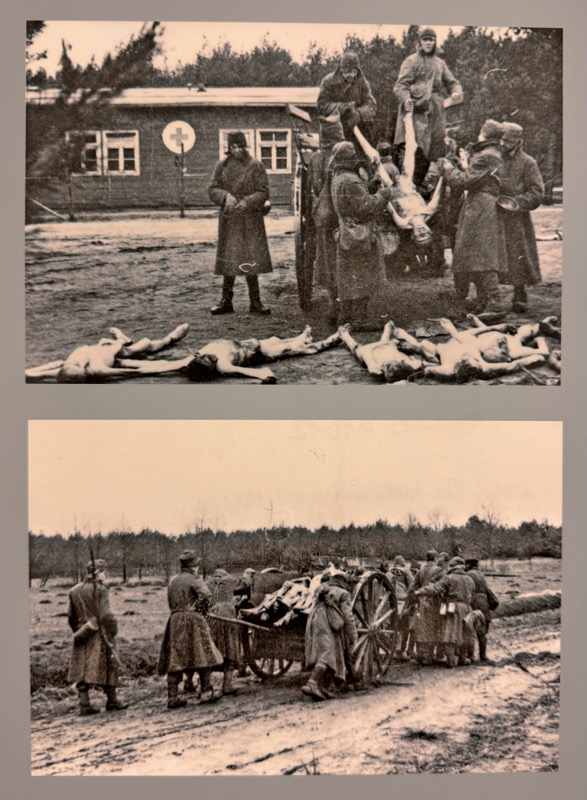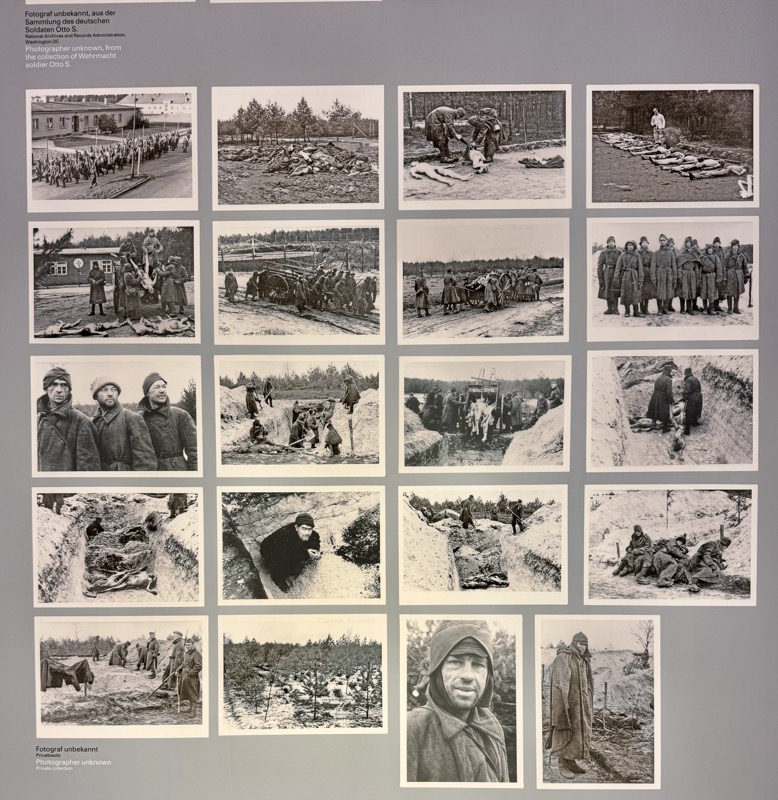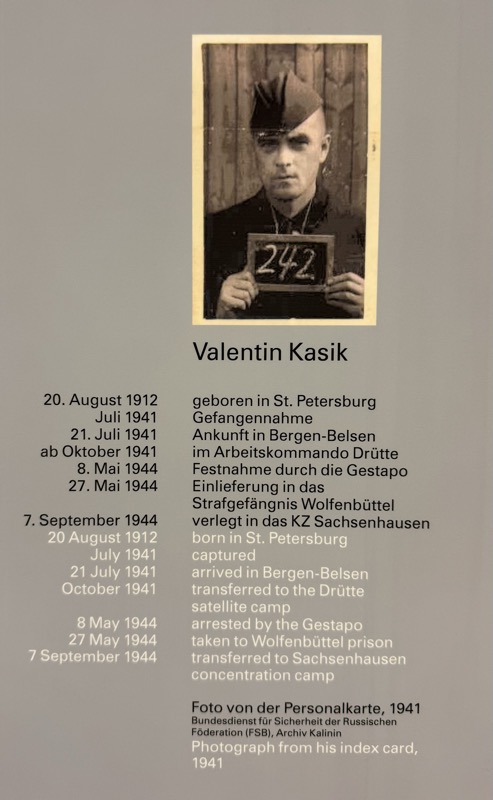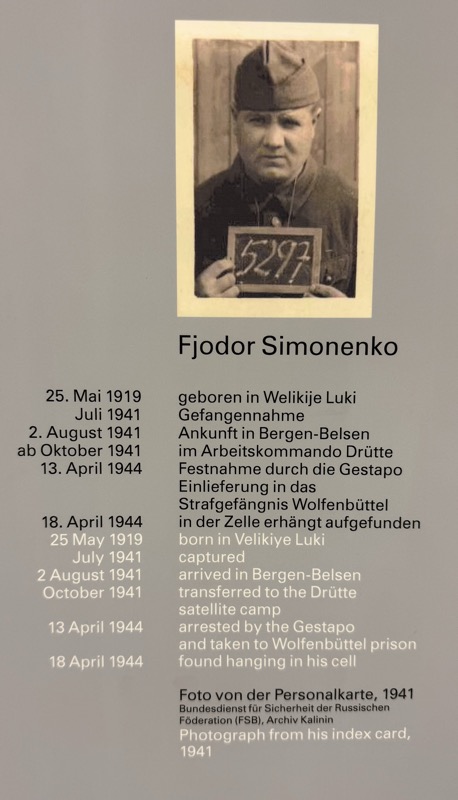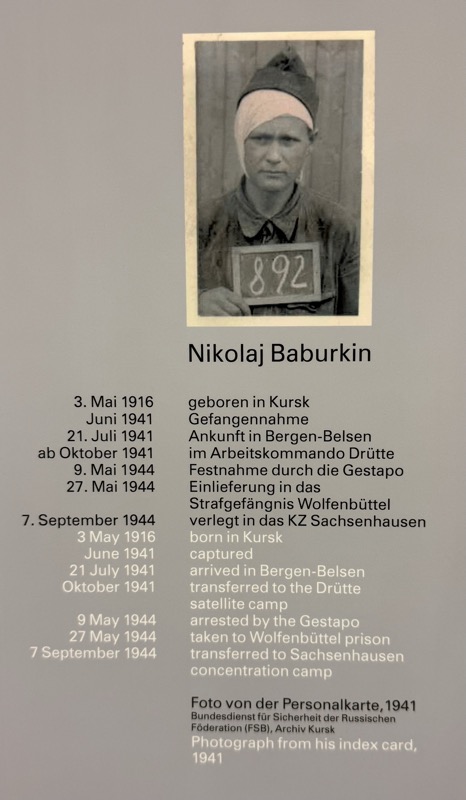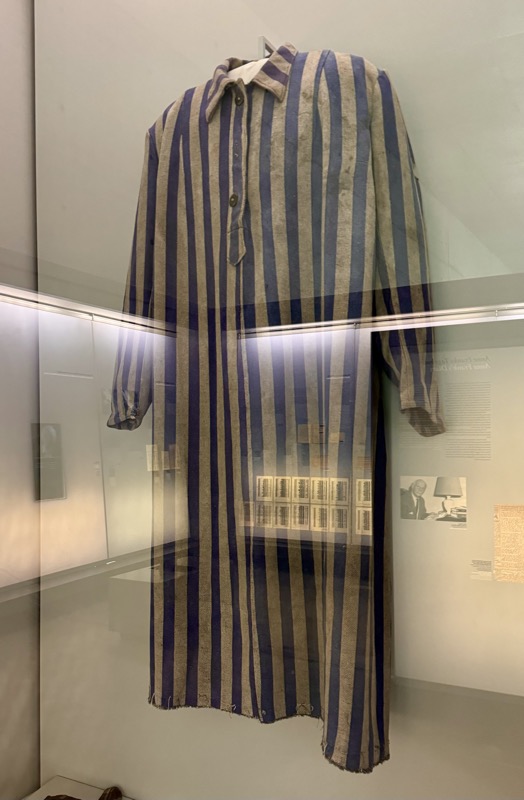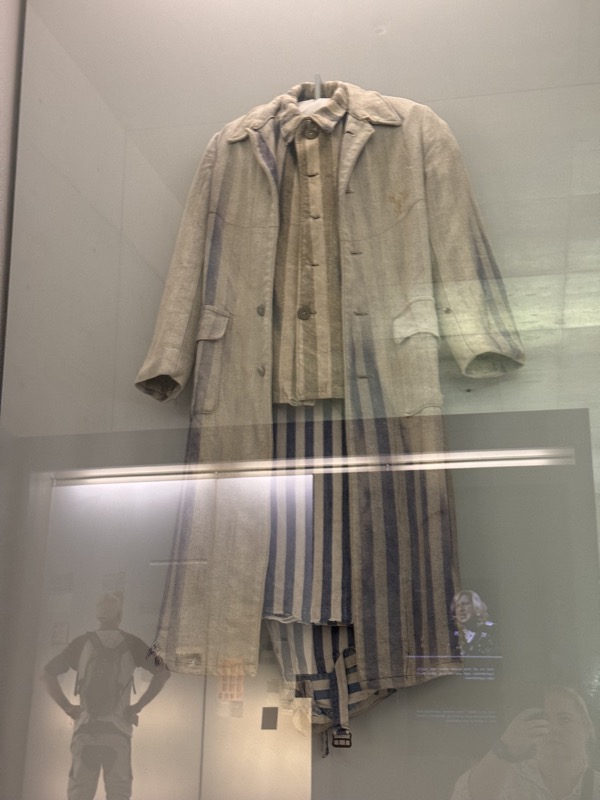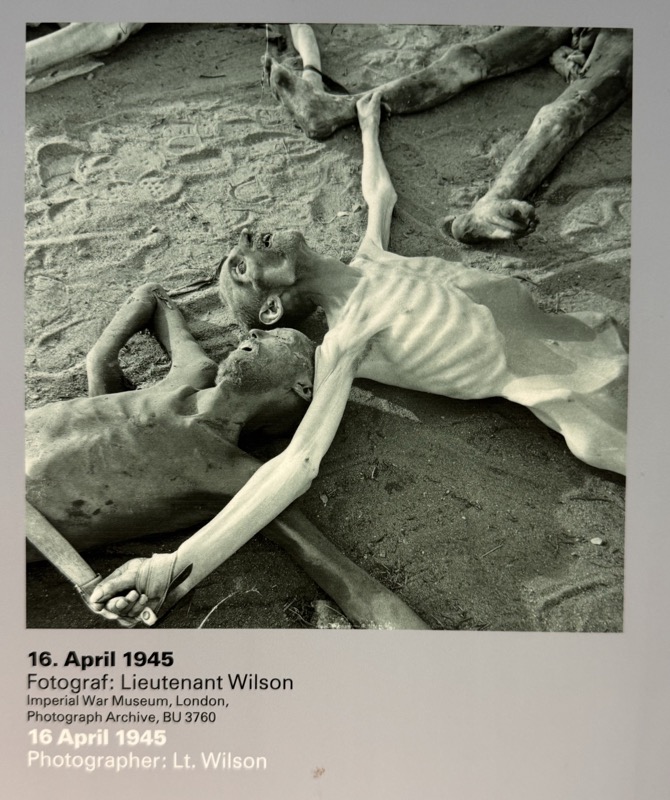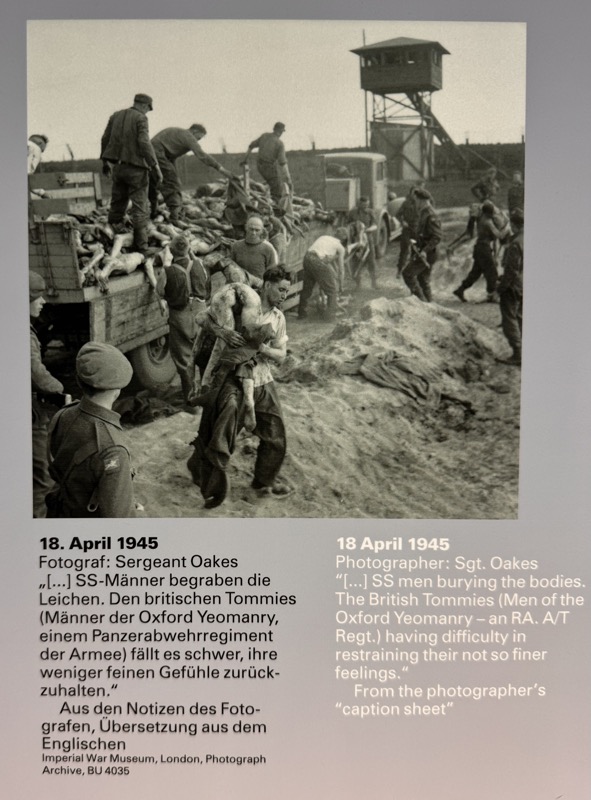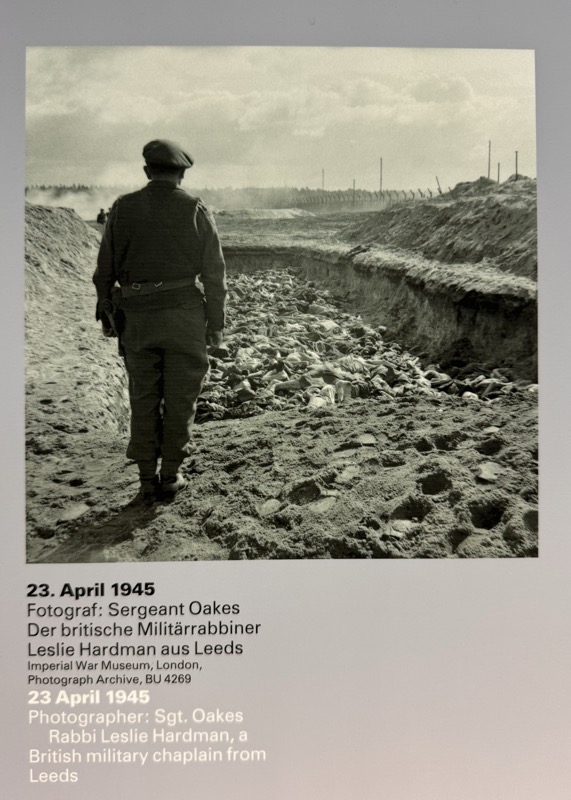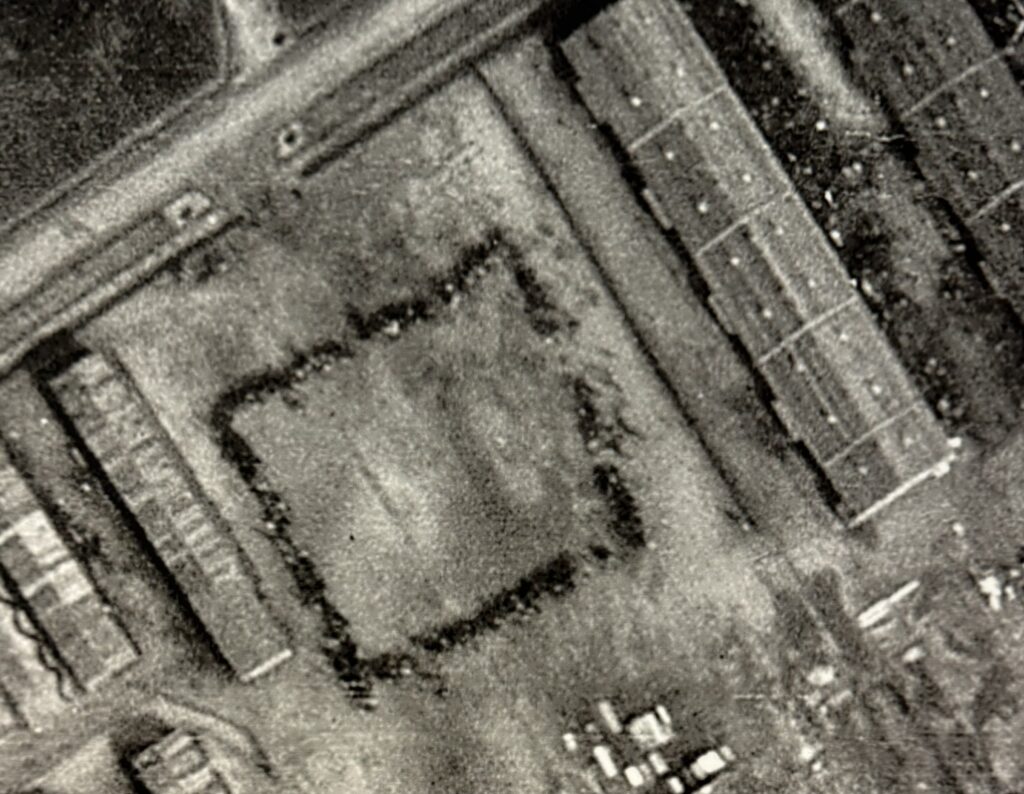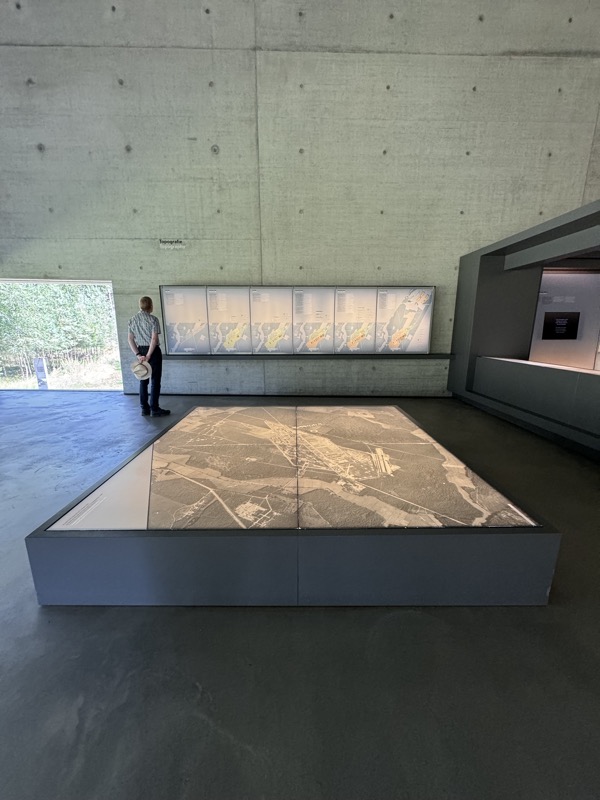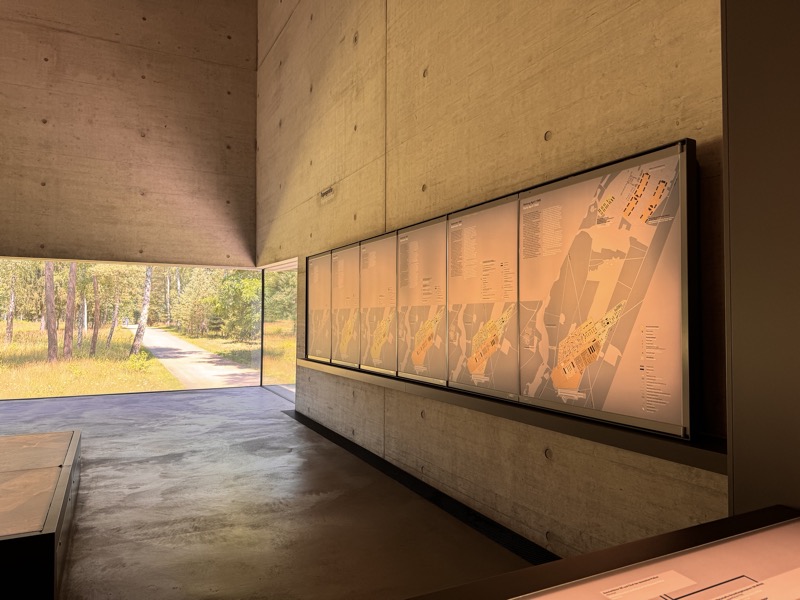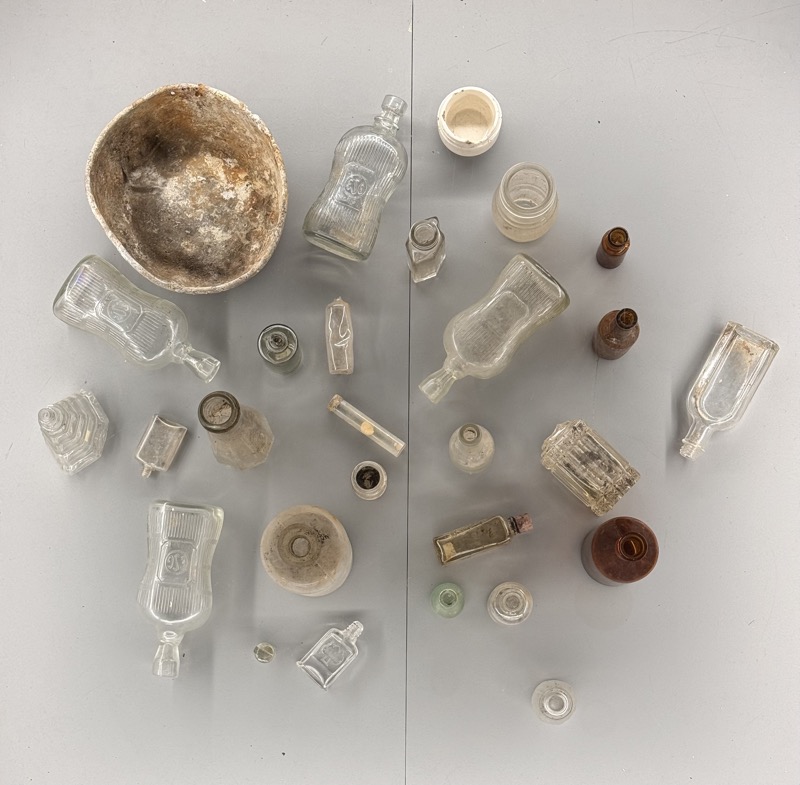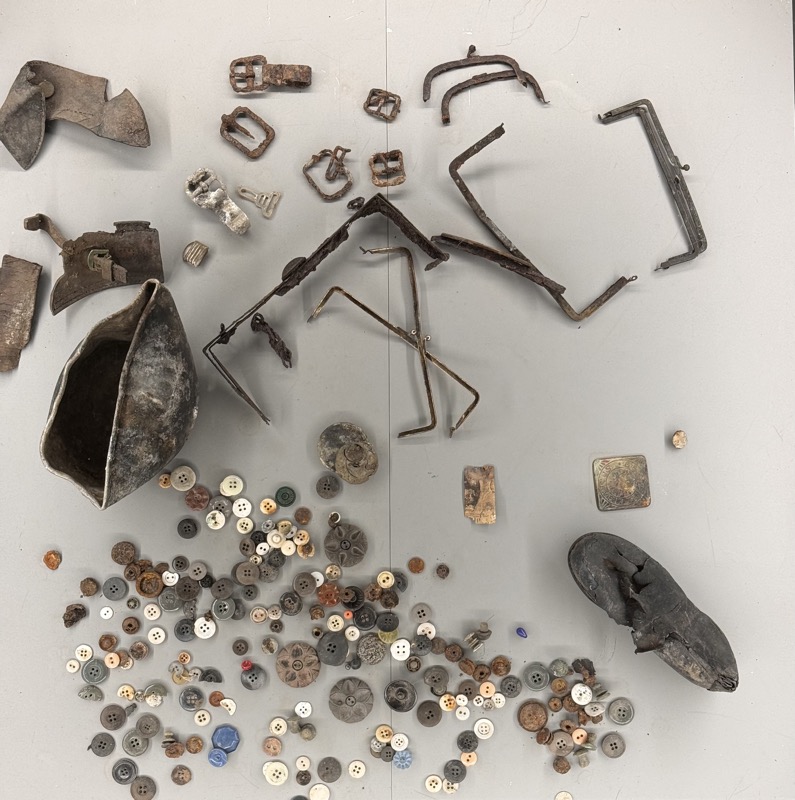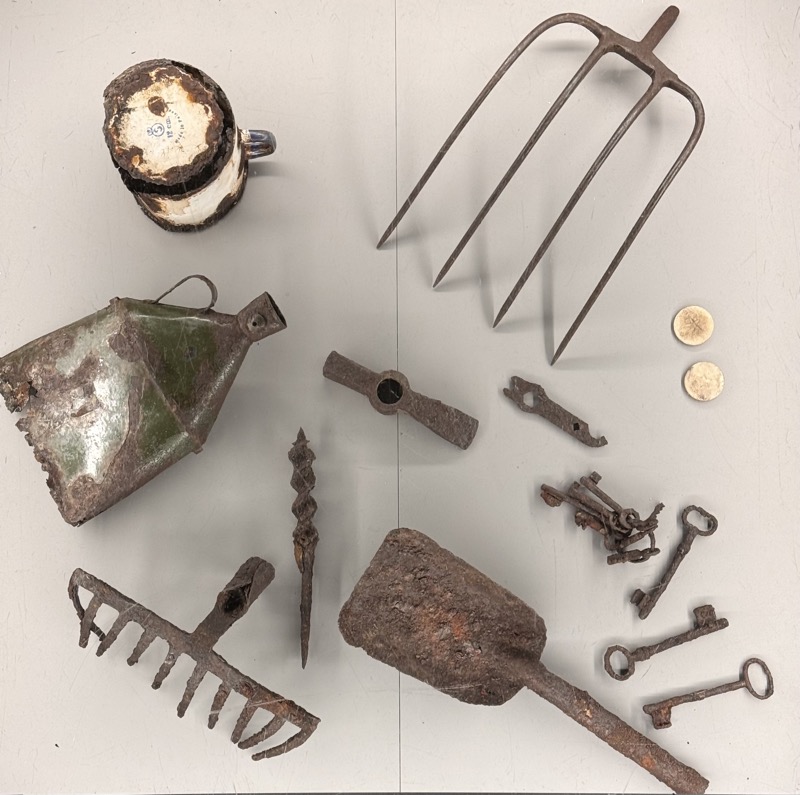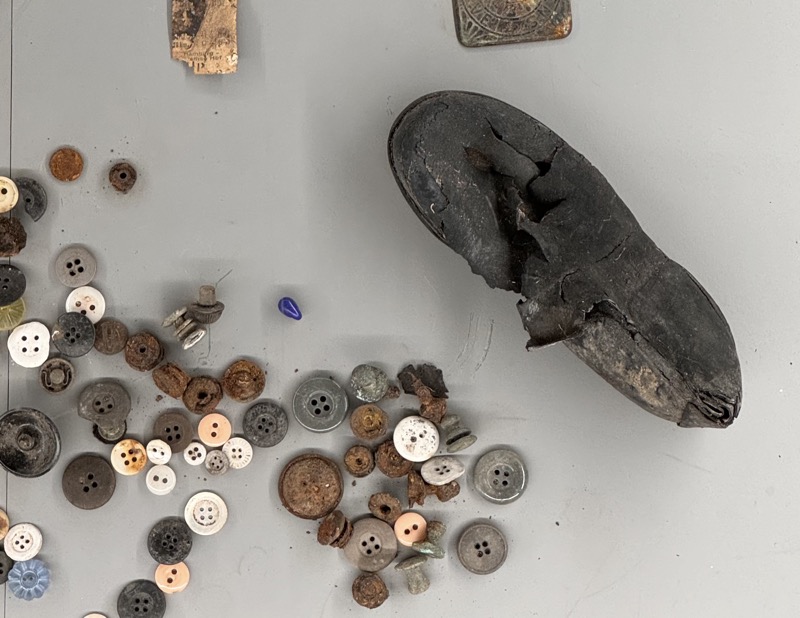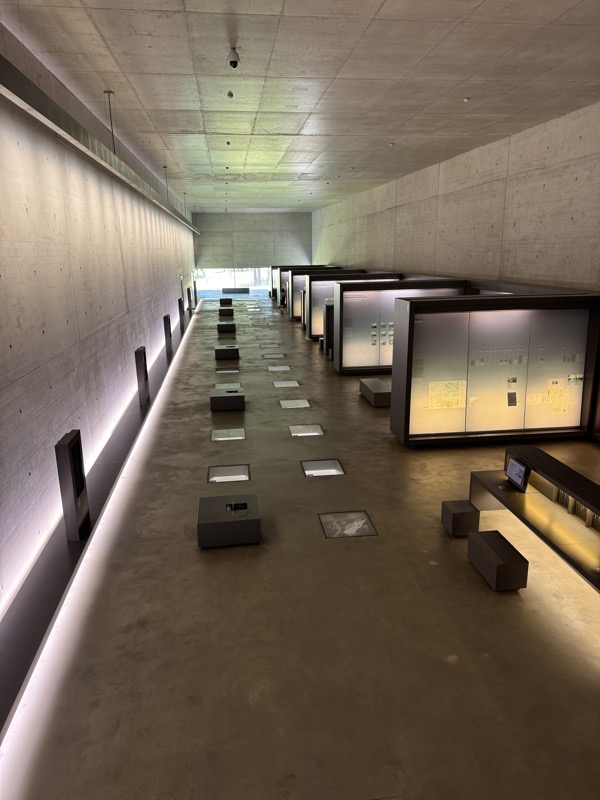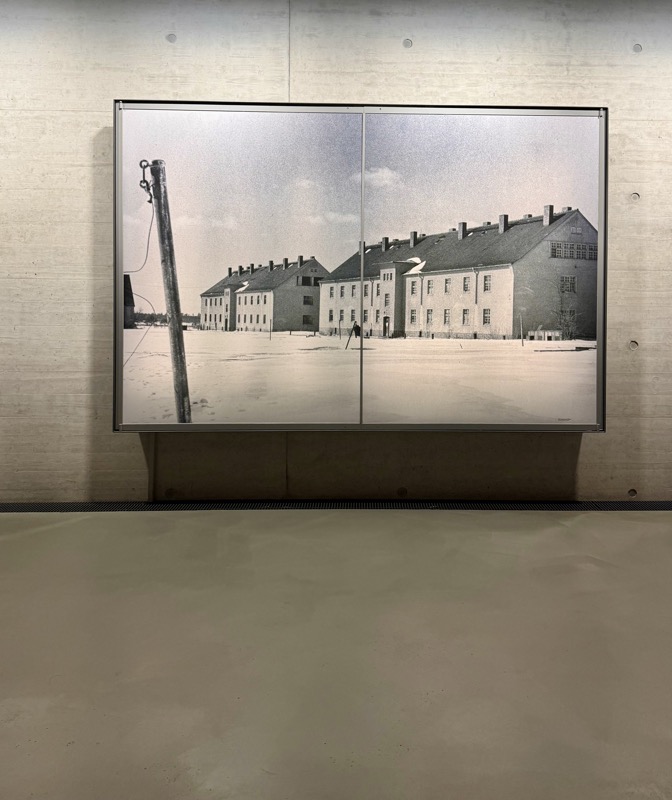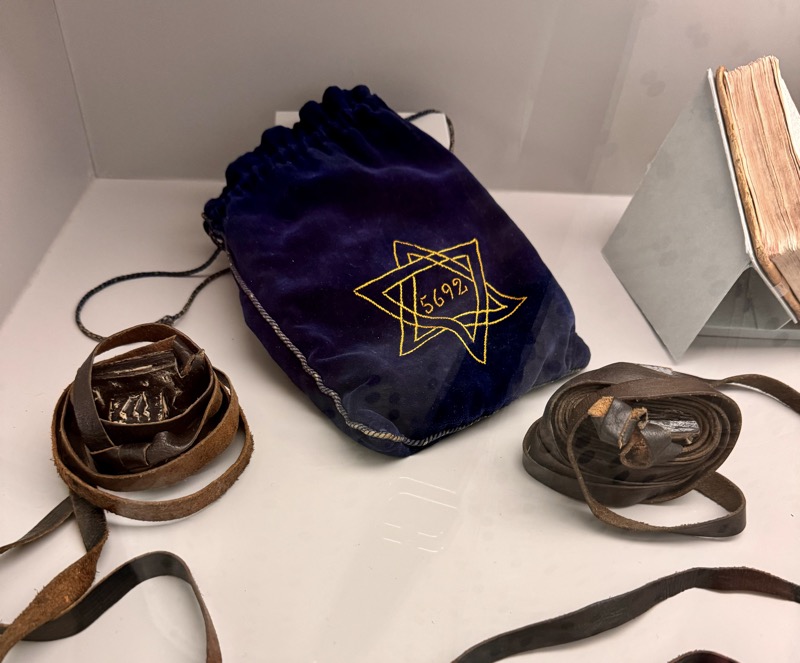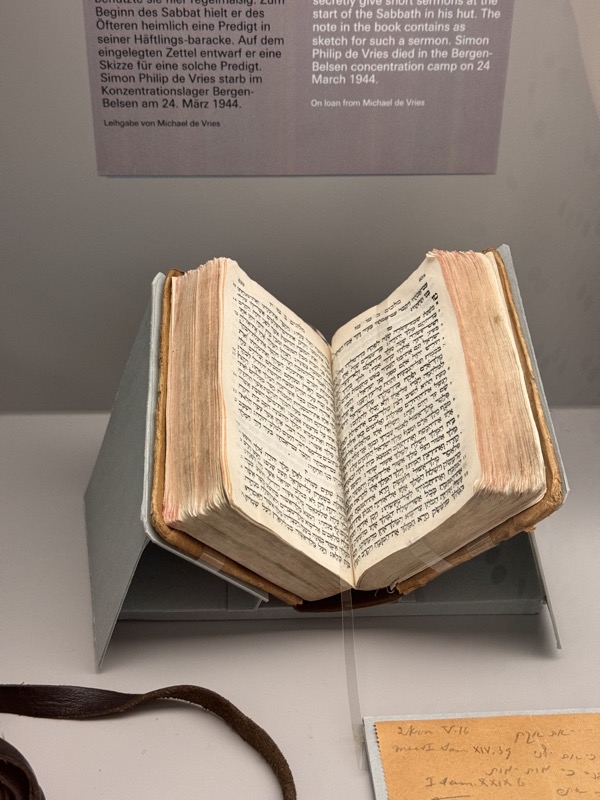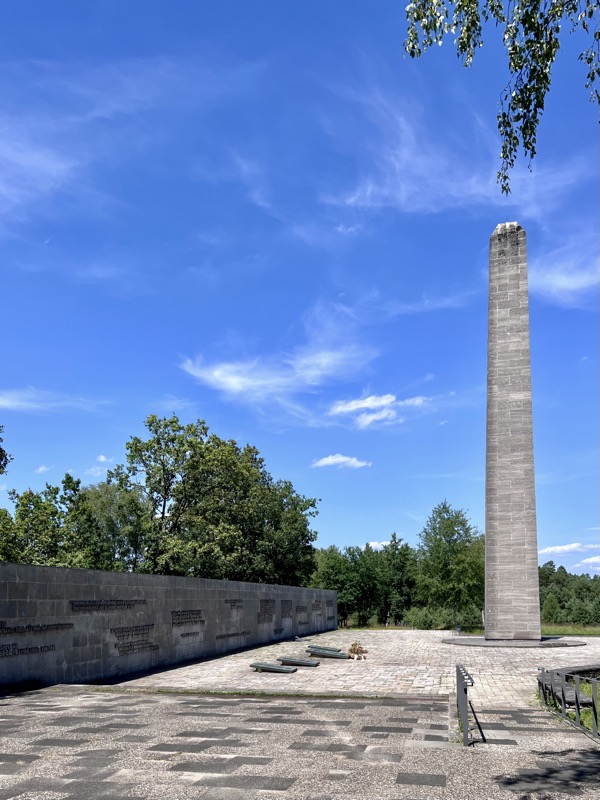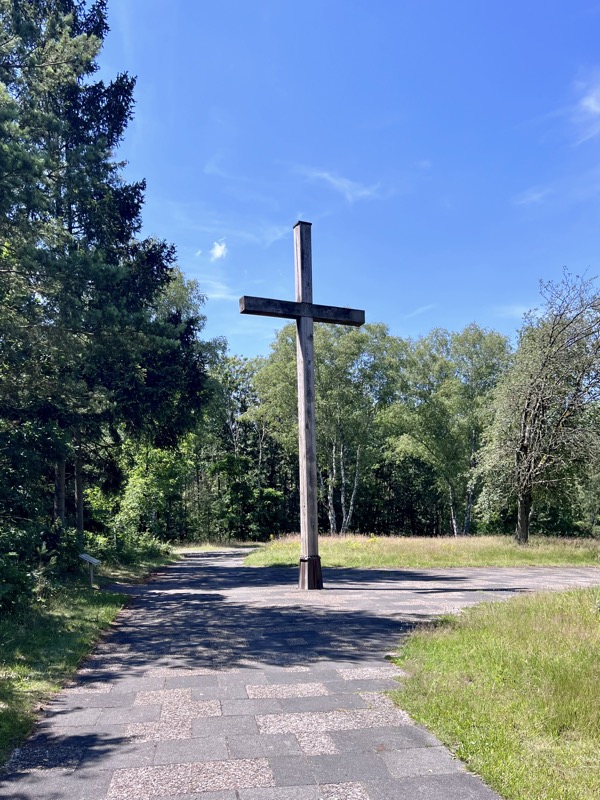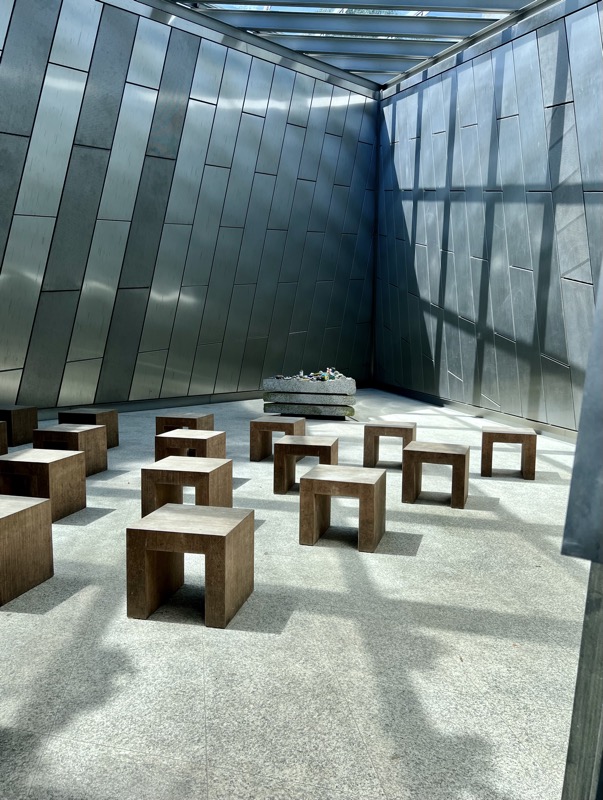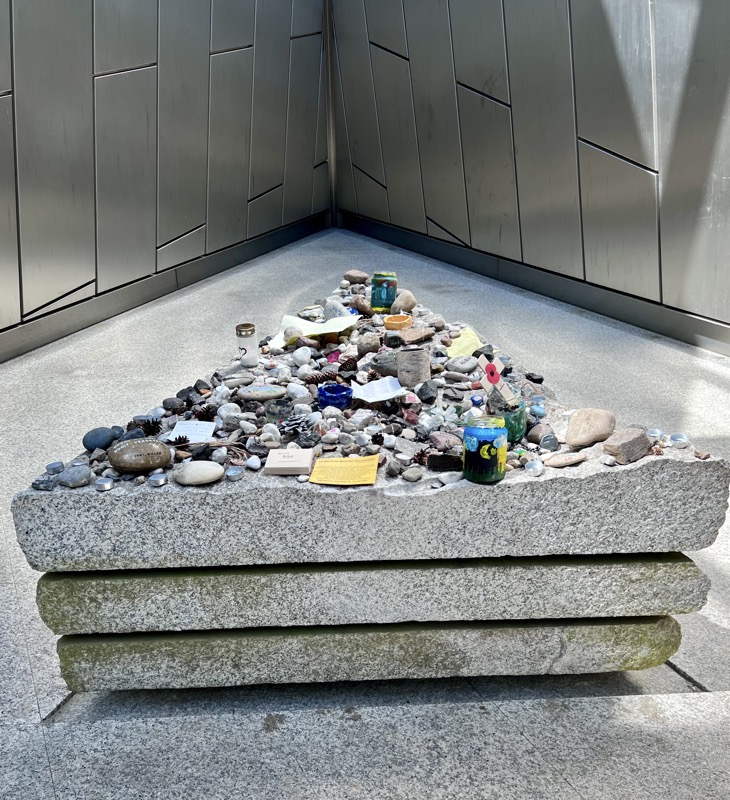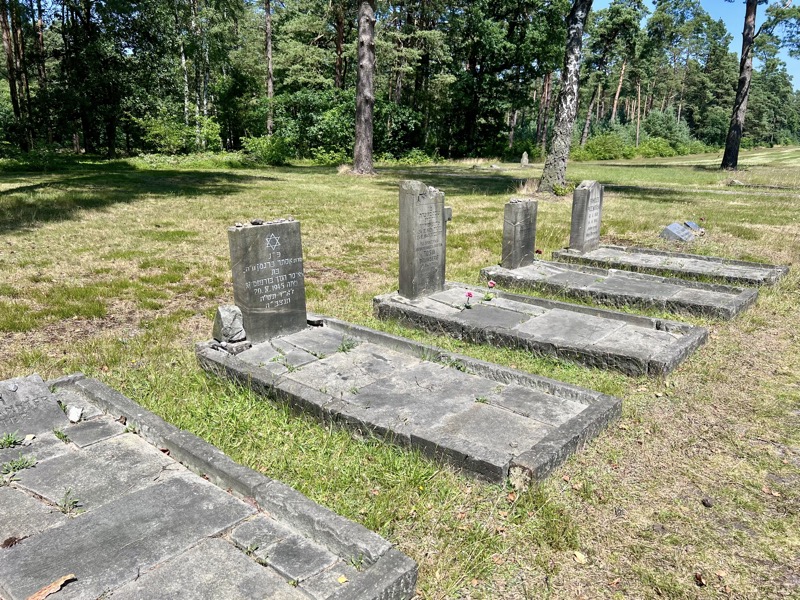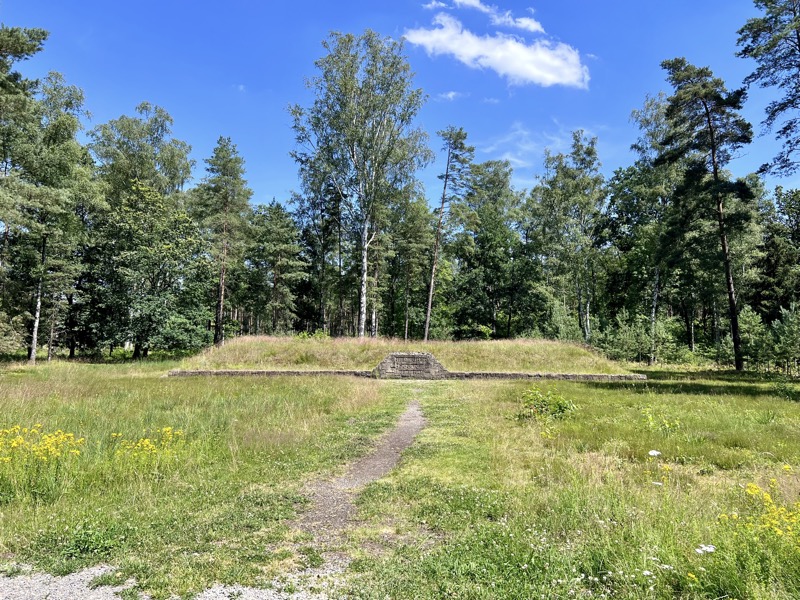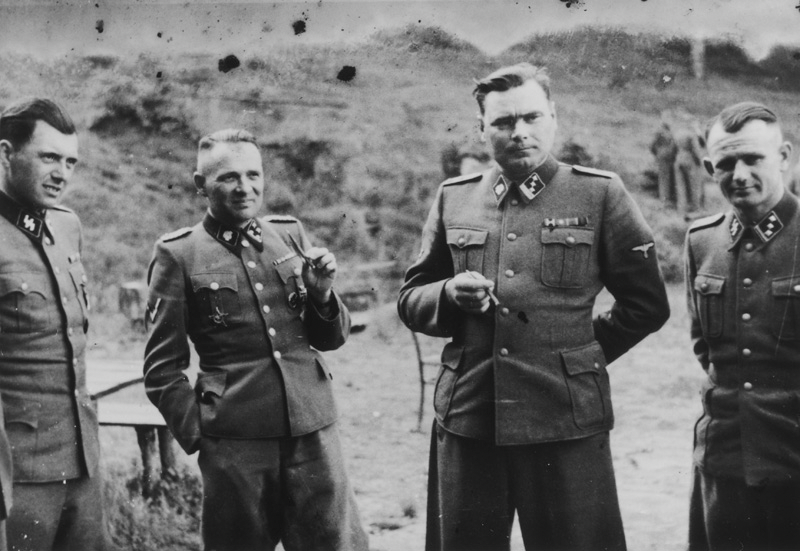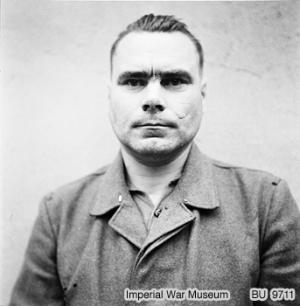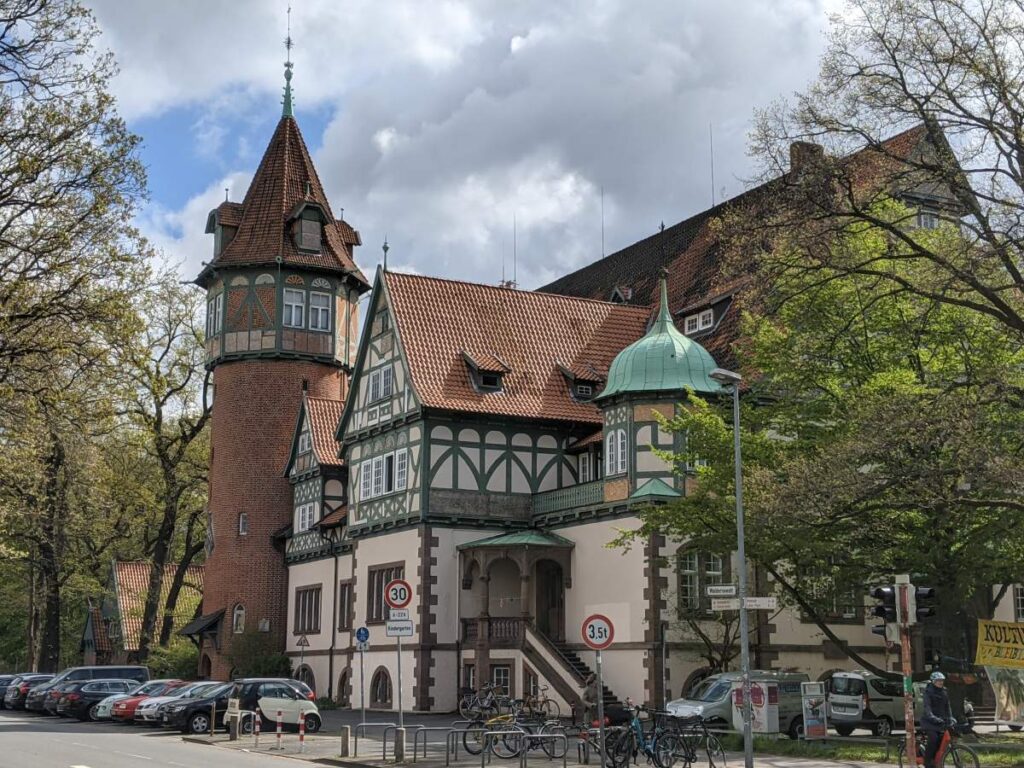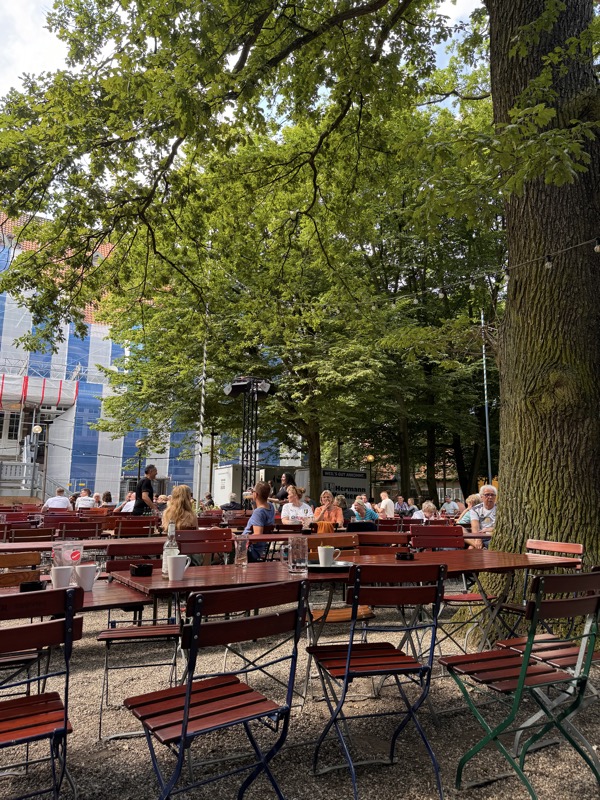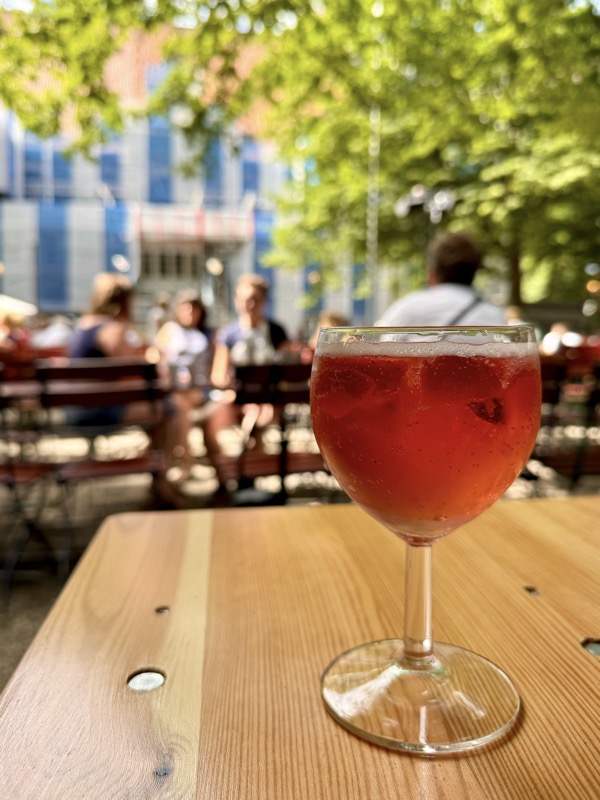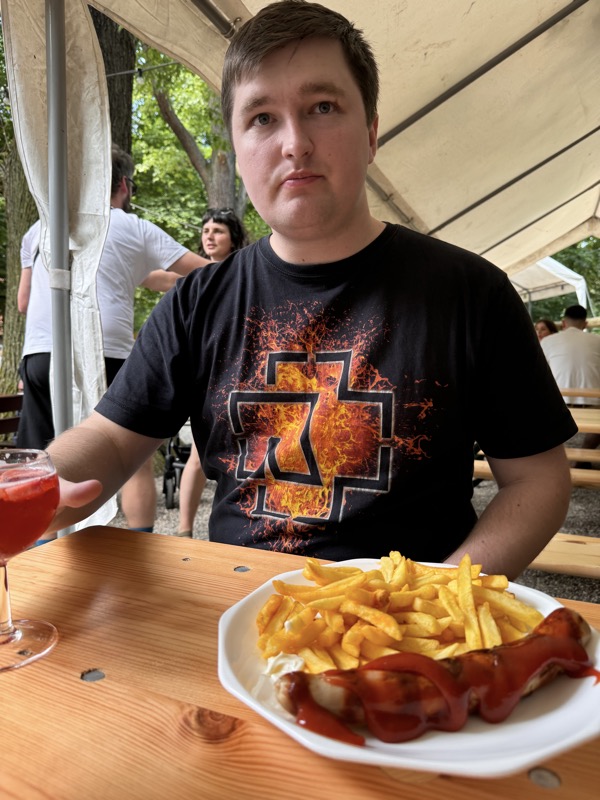It’s Monday, in Europe… and you know what that means! Everything is closed!
So as much as was possible, we arranged for today to be a transit day between Hanover and Berlin with some drive through visits to a couple of small towns in the Hartz Mountain areas for a bit of a sticky beak knowing that we’d get to these villages and likely nothing would be open. All good – day of scenic driving it is.

First stop was the town of Goslar, which is mostly known for its super cute medieval altstadt (old town) and its half timber houses. There is also an Imperial Palace here with historic murals (Monday: closed) and a cool church St. Cosmas and Damian with some fragments of 13thC stained glass windows (Monday: open). The area is also known for its silver and copper mining in the Rammelsberg Mountains which have been operating for over 1000 years in the area (which does my head in, because *nothing* is that old at home!), and there’s a Mining Museum in the area (Monday: closed), and a cool underground railway with waterwheels and stuff (Monday: closed), but most of that will just have to wait until I come back and visit the area at some time in the future. Which I totally intend to, because this place must be so fairy-tale cool during December when the Christmas Markets are on.

The Altstadt was really beautiful – perfectly preserved, beautiful brick and timber buildings with slate roofing, and pretty little turret windows everywhere.




Most of these buildings are restaurants with small holiday accomodations above.


The cobblestone streets and squares are gorgeous to look at, but not a lot of fun when you’re having problems walking. Stupid fucking knee; can’t wait to get it sorted.


There’s civic art and then there is this ‘thing’. It’s right outside the tourist information office and beside the old church – but with no placard or explanation whatsoever. It seems really out of place. It is apparently called the “Goslar Nail Head” and no one is quite sure what it means, but I have a feeling it’s nothing good!


The market church in Goslar is a Protestant Parish church called, St Cosmas and Damians. It is named after those two saints who were early Christian doctors believed to have performed many miraculous healings of sick people in the Asia Minor region in the 3rdC AD. The two saints are considered to be the patron satins of the sick, as well as doctors and pharmacists. The church itself is first mentioned in historical documents from the 12thC but the construction of the existing church is predominantly 14th-15thC work.

This guy started playing the organ not long after we entered the church – it’s amazing listening to these enormous instruments filling the space as you visit.




These are apparently 12thC stained glass panels from the original church – which would be super impressive if I hadn’t just been in Saint Chapelle in Paris just a few weeks ago! I’m so lucky!







It is a very pretty little church to explore, but compared to the majestic cathedrals of most cities in Europe, it is a fairly quick visit.


I would definitely like to come back here in winter for the Christmas markets – the more you wander through the town centre, it has a really lovely atmosphere and every street has a beautiful old world medieval feel to it. It’s a gorgeous place.

I was remarking to Angus on how the Cologne Cathedral was built across a period of over 600 years with the same design and architecture, but spanning over generations of people all sticking fastidiously to the plan even though they would never be the people who would see the project completed… and I compared it to the difficulty you have these days getting even five people to agree on what a bus shelter should look like?! Well, apparently in Goslar they don’t have that problem – someone/s here have decided that a throne is integral to superior bus shelter design! 🙂



This cute little hotel is called the Romantix Hotel Alte Münze – and I took some pics of it because it is the perfect location and exact amount of quaint I will require for my next visit! 😀




This little train runs tourists around the town to see all the old buildings… bit Disneyeque imo, but no doubt some with young children would enjoy it.

As we were getting ready to leave – there was a parade coming through the town. We have’nt been able to ascertain what exactly it was to celebrate/honour, but there was a drummer and lots of flautists and a fair bit of prideful pomp and costume.



Love me some good heraldic banners!

After this it was back on our scenic route to Berlin via Wernigerode.

We passed many ‘unsightly’ windmills that were no doubt killing birds and upsetting whales or whatever the fuck that ridiculous orange-cockwaffle keeps saying about renewable wind energy equipment. :/

We also went through loads of beautiful countryside with corn fields, wheat field and (because, Germany and beer!), fields filled with hops!



Wernigerode is another village which has a fabled timber housed old town, including a cool medieval Town Hall or ‘Rat Haus’ (Monday: closed) and a well known, leaning old Crooked House. There’s also the Wernigerode Castle (Monday: closed), and a wee musuem (Monday: closed), which has views to the town, but we didn’t drive up as everything is shut up there. You gotta be somewhere on a Monday when you’re travelling and being on a drive may as well be it, but it’s sad to be so close to lots of cool stuff and it’s shut. We did see the Drei Annen Hohne train station, where the Brockenbahn steam trains run to Mt. Brocken, and this was open, but we didn’t really have time to go tootling around on steam trains for the entire afternoon… not when we were chasing some food, having skipped breakfast, and still had to make it to Berlin (and preferably before peak hour!). 🙂

This fountain was a little hard to decipher – apparently that is the Branch of the Past which has witches and Roman gods on it (there were witch trials held in the Hartz Mountain areas, so there are witch motifs all over here and Goslar – on food labels, on souvenirs, everything), and on the other side is this weird dude who represents the future and he has a frog apparently, though Lord knows why? Might need to dig into that a bit later at some other time!


The Marktplaz… and (closed) Rat Haus.


So many restaurants to choose from – but as you get closer to them, you discover most of them are cake and coffee shops, designed to sit and watch the world go by. The ‘world going by’ was notably rather quiet today – because MONDAY!


The very empty town square which must get extremely busy in full Christmas season also.




We ended up at the Wernigerode Brauhaus for lunch – and we got a very quizzical and confused look from the publican when neither of us ordered a beer! Upon looking around, everyone was sitting in front of a large stein of something. Oh well… neither of us particularly like beer, so it’s all so thoroughly wasted on the two of us. Instead, it was schnitzels and burgers for our main meal of the day, and skipping dinner tonight I think. I can’t seem to order a meal without pommes frites so usually ended up sending back a plate full of fries.



This is the tourist information office in Wernigerode. What a cool little building.

I like these – I think Brisbane needs one. Wait, we might have one somewhere, I’d never know! Never played tourist in Brisbane because I think of it as somewhere ‘with no cool shit to see’. 😛

The castle overlooking the town with an ominous sky… after a brief wander around and a stop for lunch we hit the road to head to BERLIN!


Berliner Dom – I’ve been here before, but it’s on the agenda for Angus to visit tomorrow.


Berlin is a very beautiful city full of gorgeous old buildings – which never fails to boggle the mind when I consider how heavily bombed the city was in WWII. The efforts and funds involved in rebuilding are phenomenal. Because we are here for three nights, have work to do while we are here, and I felt we had probably had enough of the pokiest of pokey hotel rooms in the Altstadt s for a while – I had booked us a larger room at the Radisson Park Inn. Seems to have been a good call. We have a proper desk to work at and a couch space for a change so no need to sit on the bed and work on laptops.


View front he 35th floor – very cool. This is the only really tall building around for some reason…? Tomorrow we hunt out security and infrastructure overlay information surrounding the EuroCup and then hopefully hit up a museum if we have time.


